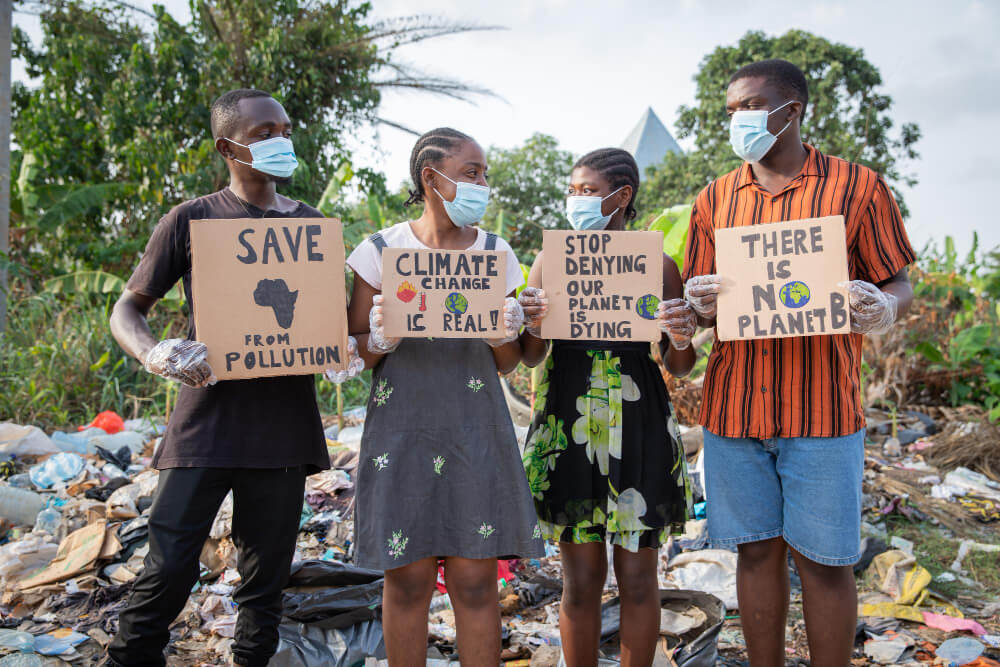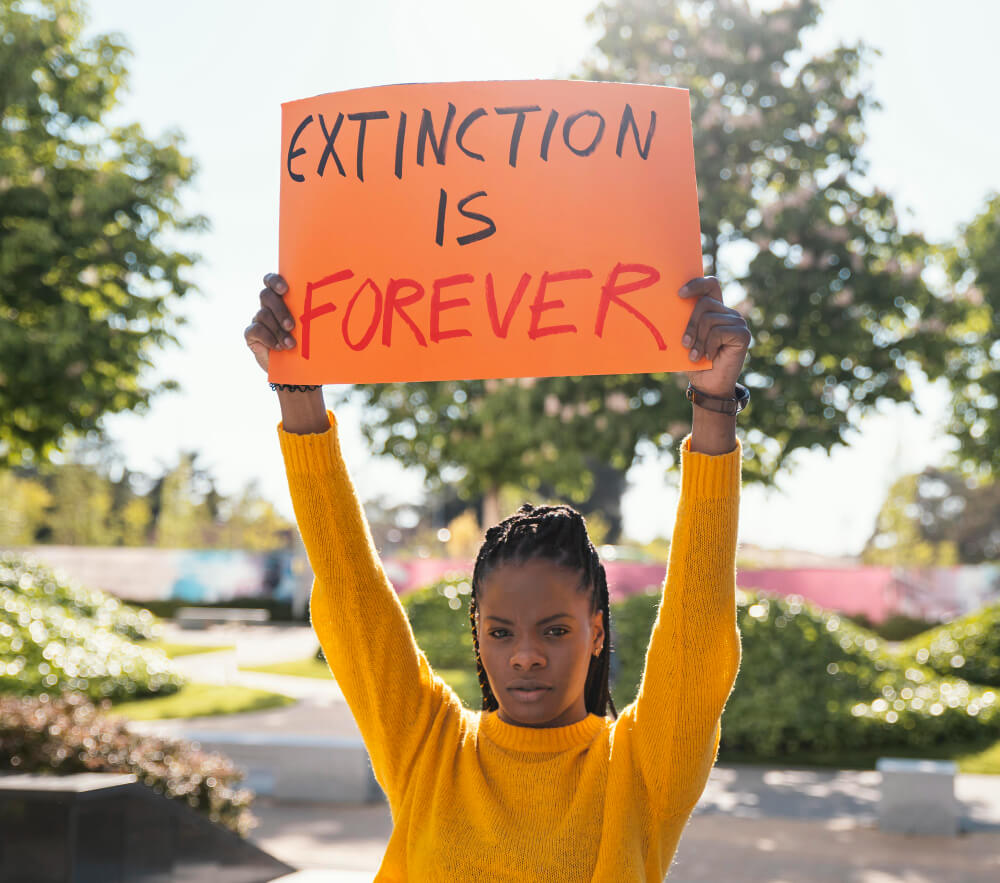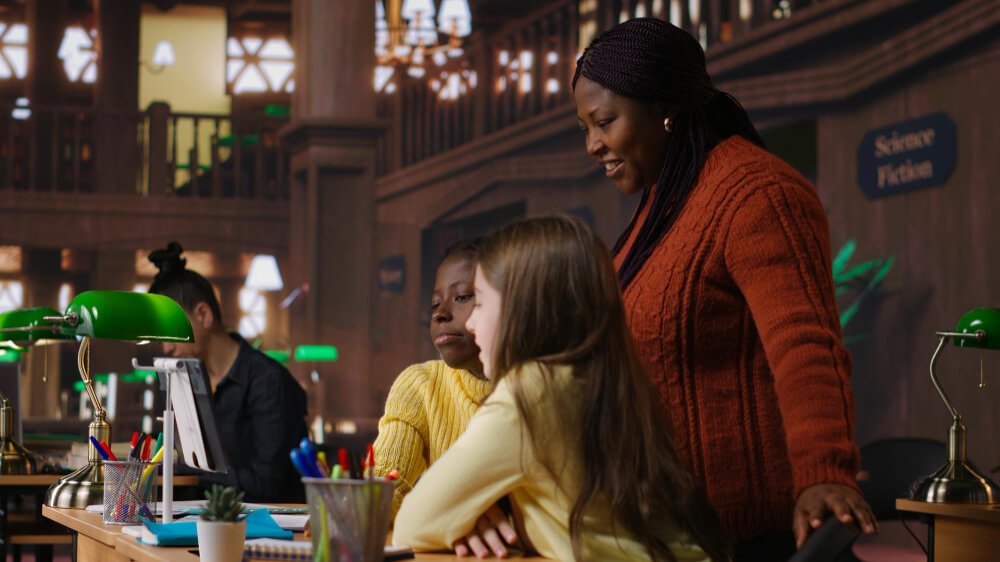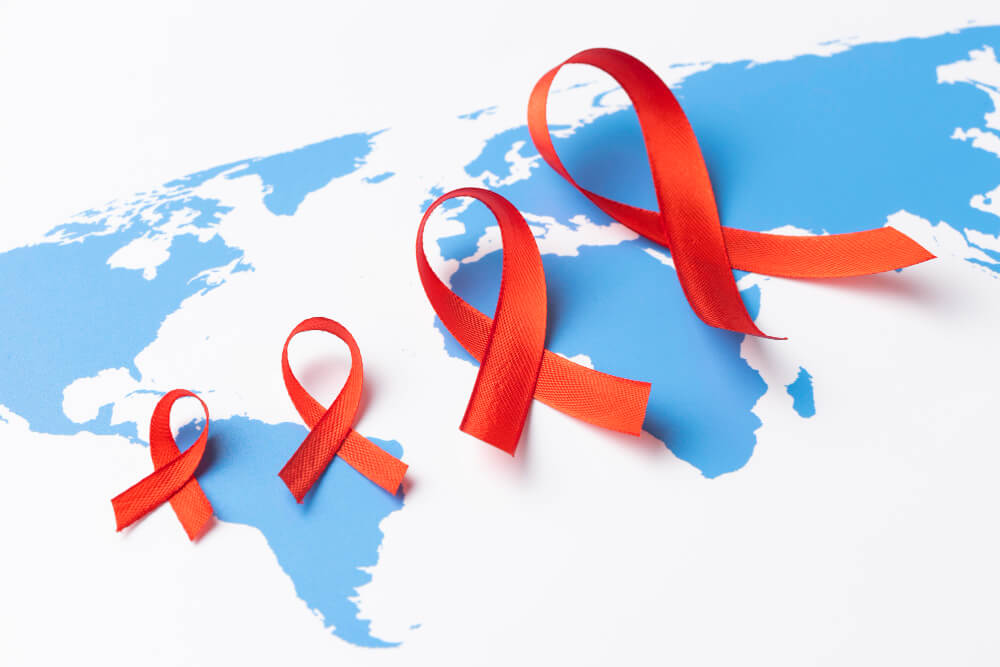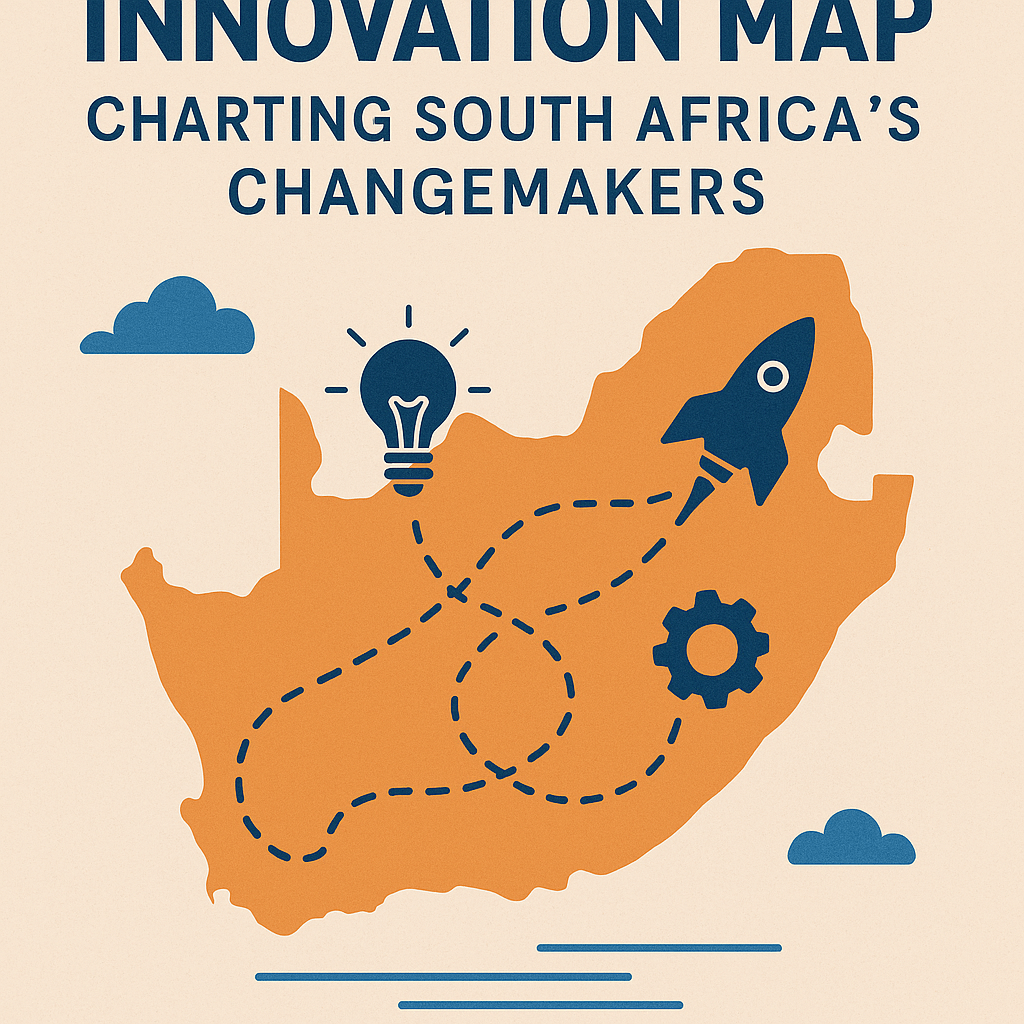In the heart of Limpopo, a teenager plants trees along a dry riverbed that once surged with water. In Cape Town, a law student drafts a letter challenging fossil fuel expansion. And in Soweto, a community garden rises from the rubble of illegal dumping—feeding families while reclaiming land.
None of these stories made international headlines. But they’re all part of something bigger.
A quiet revolution. A refusal to surrender the future.
Why Climate Activism Here, Why Now
South Africa isn’t waiting for the climate crisis to arrive.
It’s already here.
- Droughts scorch the Eastern Cape and leave taps dry.
- Coastal communities in the Western Cape brace for rising sea levels.
- Floods devastate KwaZulu-Natal, destroying homes and lives in a matter of hours.
- Heatwaves, longer and hotter than ever before, dry out fields and overwhelm hospitals.
And always, it’s the same people who suffer most—those who contributed the least to this crisis:
Rural families. Informal settlements. The working poor.
That’s why climate activism here is not just about saving trees. It’s about justice.
It’s about protecting the right to drinkable water, breathable air, fertile soil, and safe shelter.
Youth at the Forefront
In schools, townships, universities, and rural villages, young people are standing up—not because someone handed them a microphone, but because no one else would.
They’re organizing clean-up drives, forming eco-clubs, hosting climate literacy workshops, and—more and more—filing lawsuits.
Groups like African Climate Alliance, Sustaining the Wild Coast, and Project 90 by 2030 are mentoring youth not just to speak—but to strategize, mobilize, and demand policy reform.
These are not naïve idealists. They are sharp, informed, and angry—for good reason.
They see the disconnect between government promises and environmental negligence. And they’re using science, law, art, and community power to bridge the gap.
Eco-Education: Knowledge as Resistance
In many under-resourced communities, environmental education was once nonexistent. Climate change was seen as something “foreign” or “far away.”
Not anymore.
- Teachers are weaving climate literacy into everyday lessons—even in places without access to computers.
- WhatsApp groups and local radio stations are spreading awareness in languages and formats people understand.
- Community gardens and permaculture projects are teaching sustainability not as a theory, but as survival.
When young people understand the systems threatening their futures, they stop waiting for saviors.
They become the solution.
Legal Action: When Protest Enters the Courtroom
South Africa’s Constitution guarantees the right to a healthy environment.
But what happens when mining contracts override that right?
Activists are learning to fight fire with law.
In 2021, environmentalists challenged Shell’s seismic blasting along the Wild Coast—arguing that communities were not properly consulted. They won.
Legal victories like this prove something important:
climate action isn’t just a march or a hashtag—it’s a legal and moral imperative.
Community Movements: The Pulse on the Ground
Not every act of resistance comes with a protest sign. Often, it looks like:
- Women in Limpopo building fuel-efficient stoves from clay.
- Farmers in the Karoo shifting to regenerative agriculture.
- Waste-pickers in Gauteng organizing cooperatives that clean the streets and earn dignity.
These aren’t just eco-friendly gestures. They’re lifelines.
And they reveal a deeper truth: climate resilience starts from the ground up.
Justice at the Core
Climate change isn’t the same storm for everyone. Some get drenched. Others don’t even feel the rain.
That’s why climate justice is at the core of activism here. It connects environment with economy, energy with ethics.
Activists are asking:
- Why are coal plants still being approved near black communities?
- Why do some schools flood while others rebuild in a week?
- Who decides whose land is “disposable” for development?
In these questions lies the real fight—not just for cleaner air, but for equal power.
The Path Ahead: Urgent, Not Hopeless
South Africa’s future hangs in balance. But despair is not the tone of this movement.
The tone is defiant. Strategic. Collaborative.
More activists are working across sectors—artists with lawyers, farmers with data analysts, students with scientists. It’s not perfect, but it’s progress.
And the demand is clear:
Not later. Now.
Not just cleaner, but fairer.
Not just change, but inclusion in how it happens.
A Future Worth Living
What does a just climate future look like?
It looks like a solar panel on a rural school’s roof.
It looks like a child growing up without asthma from coal fumes.
It looks like food grown close to home.
It looks like rivers that remember what it means to run free.
South Africa’s climate activists aren’t fighting just to survive.
They’re fighting for a world they can grow in, thrive in, believe in.And maybe the most radical part?
They’re not asking permission.
